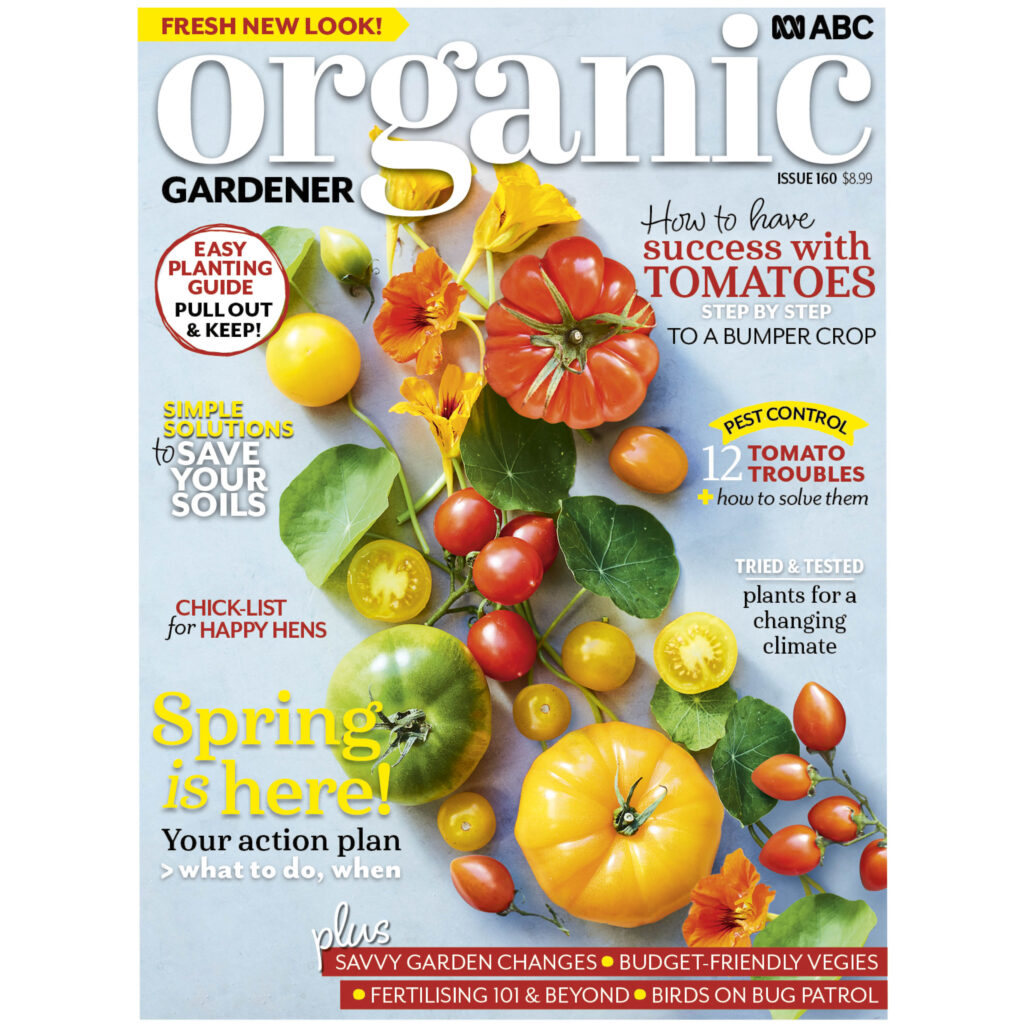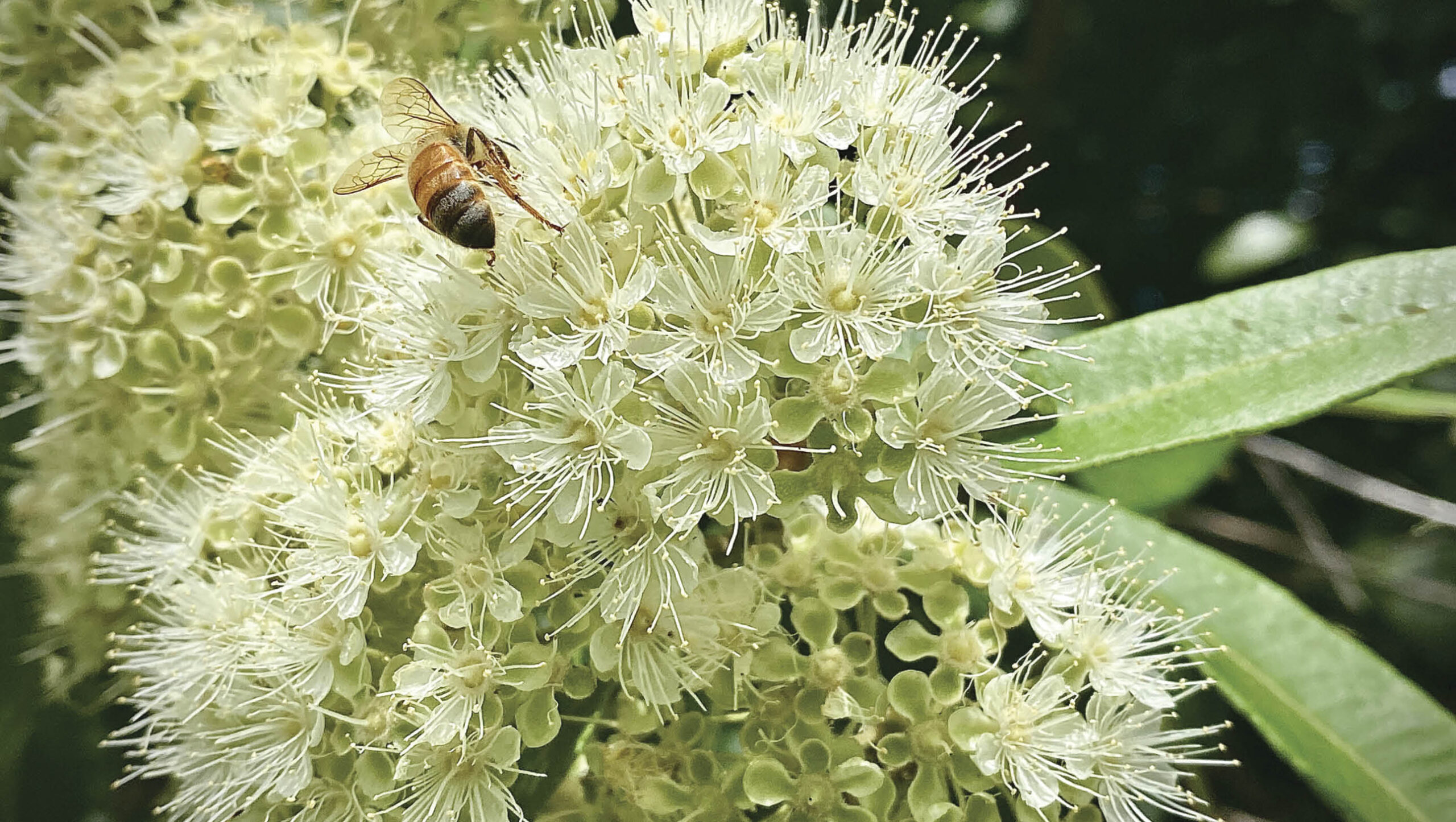Native edibles: Lemon myrtle and Geraldton wax
2025-09-16T16:59:24+10:00
Limes are just one zesty option to grow: lemon myrtle, a tangy edible native, will also add flavour.
Arguably the queen of native food plants, with an intense, uplifting lemony scent and flavour, lemon myrtle (Backhousia citriodora) has broad adaptability in the garden and kitchen. It grows over 6m high and 2m wide in its native central and south-eastern Queensland rainforests but remains smaller the further south you go. In Melbourne, it reaches around 3m high, thriving in a large pot, or semi-shaded gardens. While Geraldton wax plants from Western Australia, are known more as cut flowers than kitchen herbs. What few people realise is that most Geraldton wax leaves have a citrusy smell and taste when crushed.
Lemon Myrtle
How to plant
Plants appreciate regular watering and need shelter from hot sun and wind, especially on balconies. Plant in spring after frost. From my cool-climate landscaping work, I learned that very small plants struggle to establish.
How to use
The leaves have a gingery twist along with their citrus flavour, similar to West Indian lemongrass. Use crushed fresh leaves for syrup, infuse into curries instead of lemongrass, or my favourite, infuse with black tea as a morning ritual. Sprinkle powdered leaves over fish fillets while cooking, add to tagines or to baking and desserts.
Other uses
Looking for more ways to use zesty leaves? Herb expert Penny Woodward uses plants with lemon fragrances to make potpourri. From lemon thyme, lemon verbena, lemon pelargonium and lemon balm, to natives like lemon myrtle, lemon-scented gums and tea-tree and a whole range of lemon grasses there are many that would grow in your garden and can be used.
Geraldton Wax
How to plant
This cultivar fits easily into most gardens, growing 2m high and 1.5m wide with a flavour well suited to culinary use. Plants need well-drained soil and grow best in full sun. They often become straggly in shade. Tip prune all over after flowering to encourage a compact shape. Drought tolerant once established, they also tolerate light frost. Use native fertiliser sparingly in spring and if grown in a pot use native potting mix.
How to use
Leaves can be used fresh or dried in sauces, drinks, desserts, seafood dishes and salads. My favourite use is to nibble on fresh leaves in the garden or add them, bruised, to a gin and tonic.
Other uses
Flowers attract bees, butterflies, other insects and birds.
To read Karen Sutherland’s full article with more information about tangy bush treats you can grow yourself, get a copy of our Spring 2025 issue (OG 160), available from selected newsagents or supermarkets. You can also subscribe and get the magazine delivered to your door.







